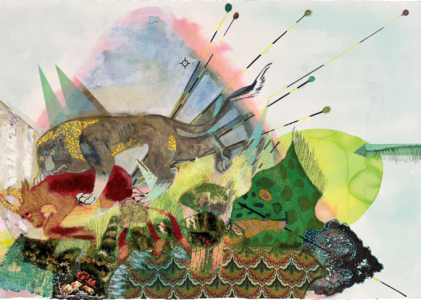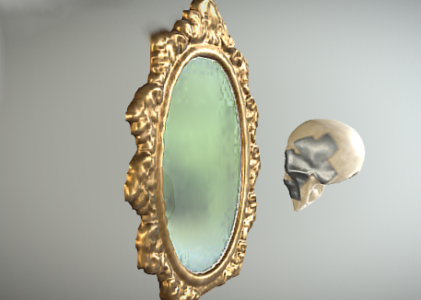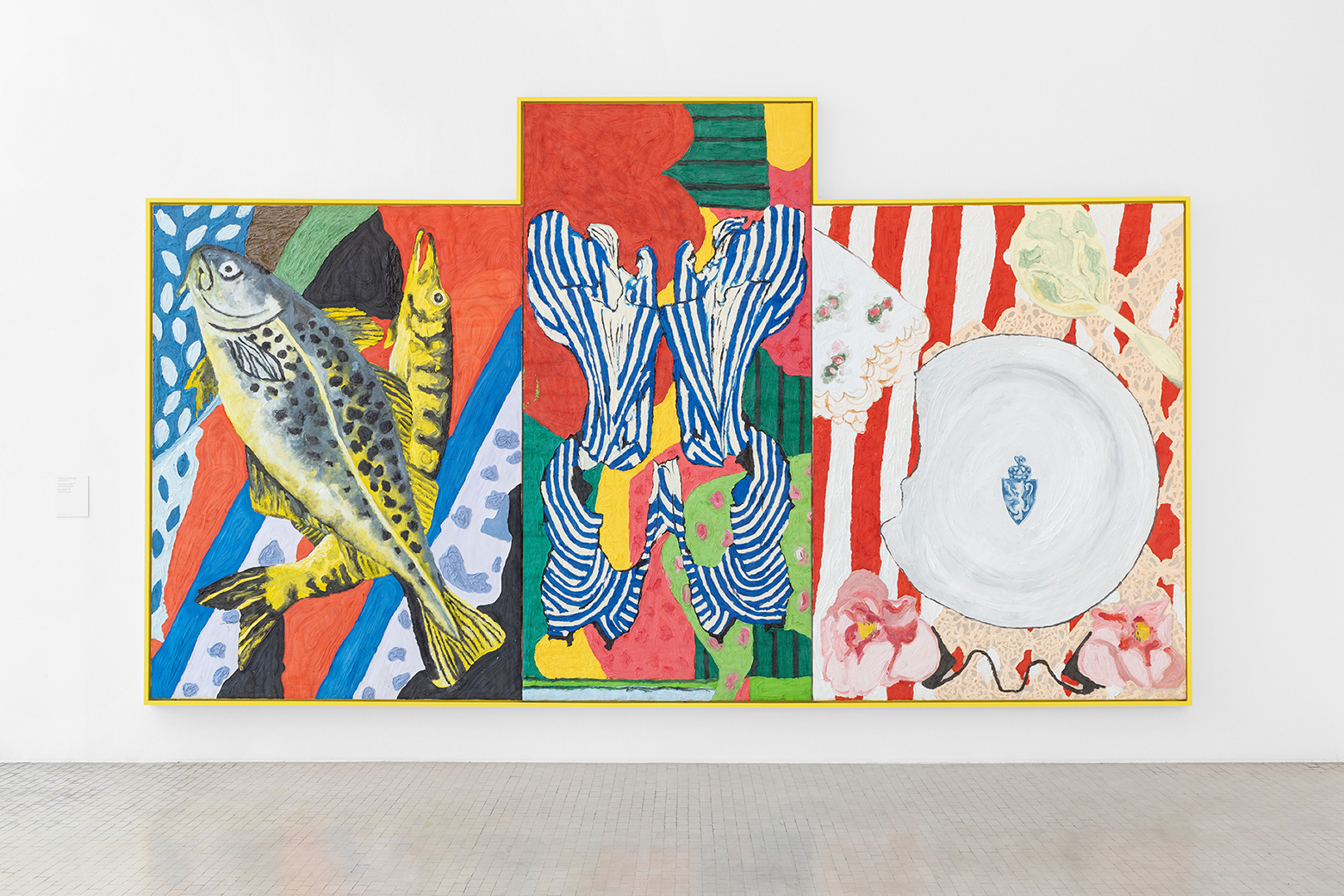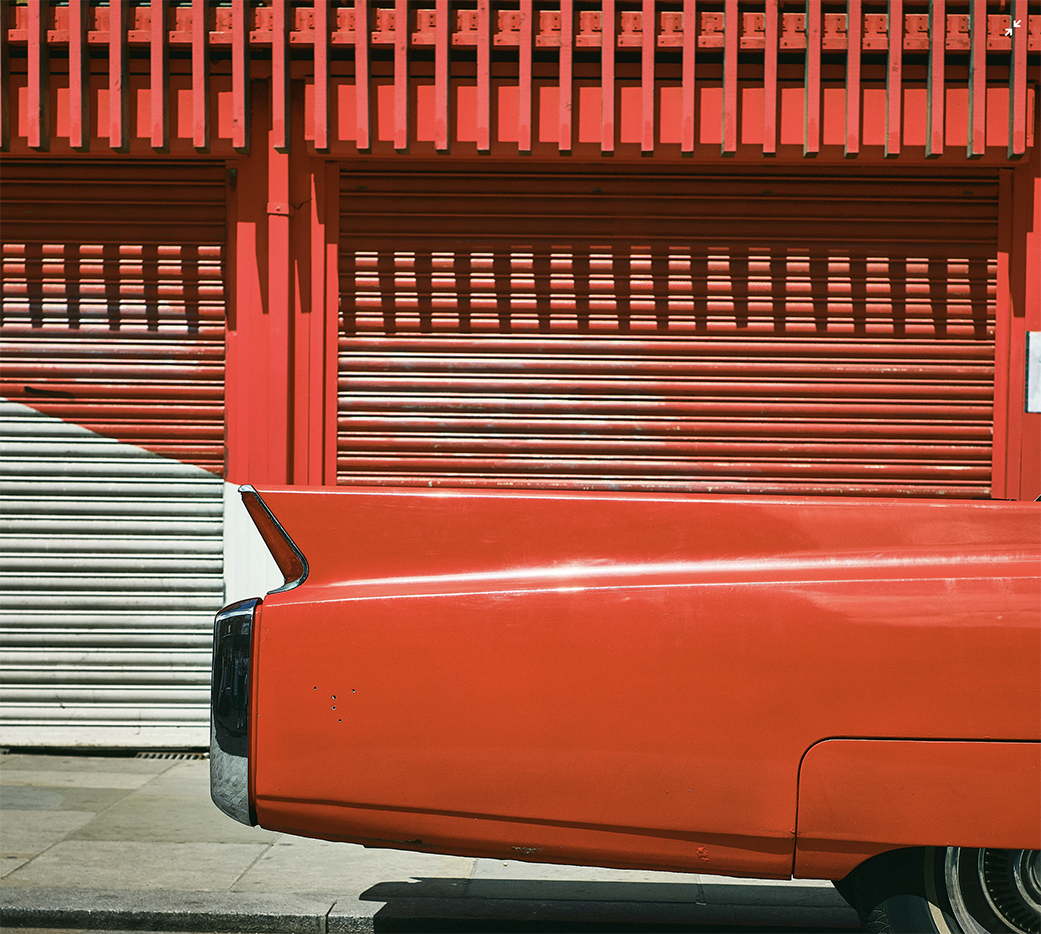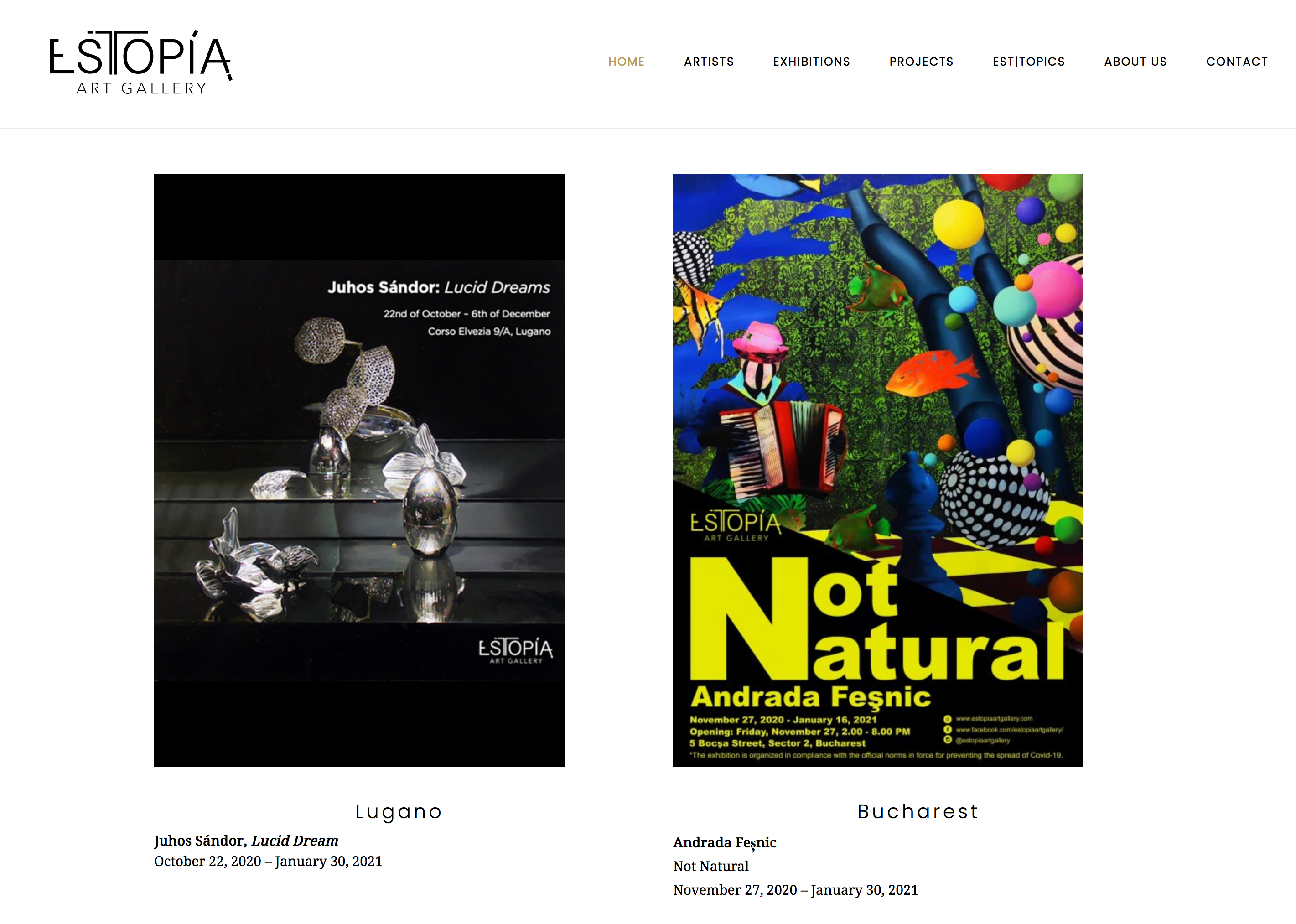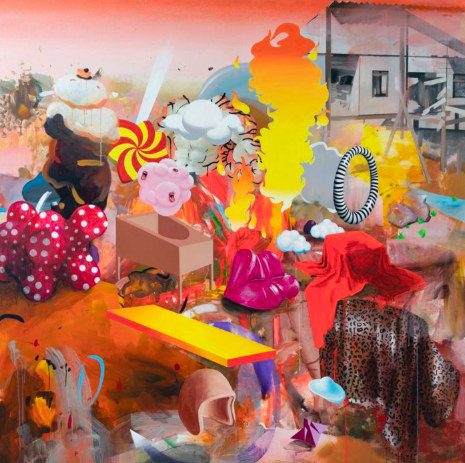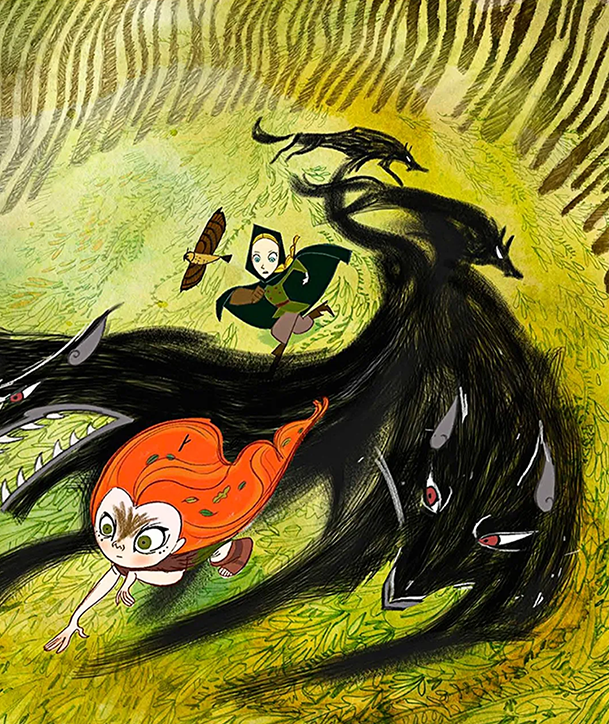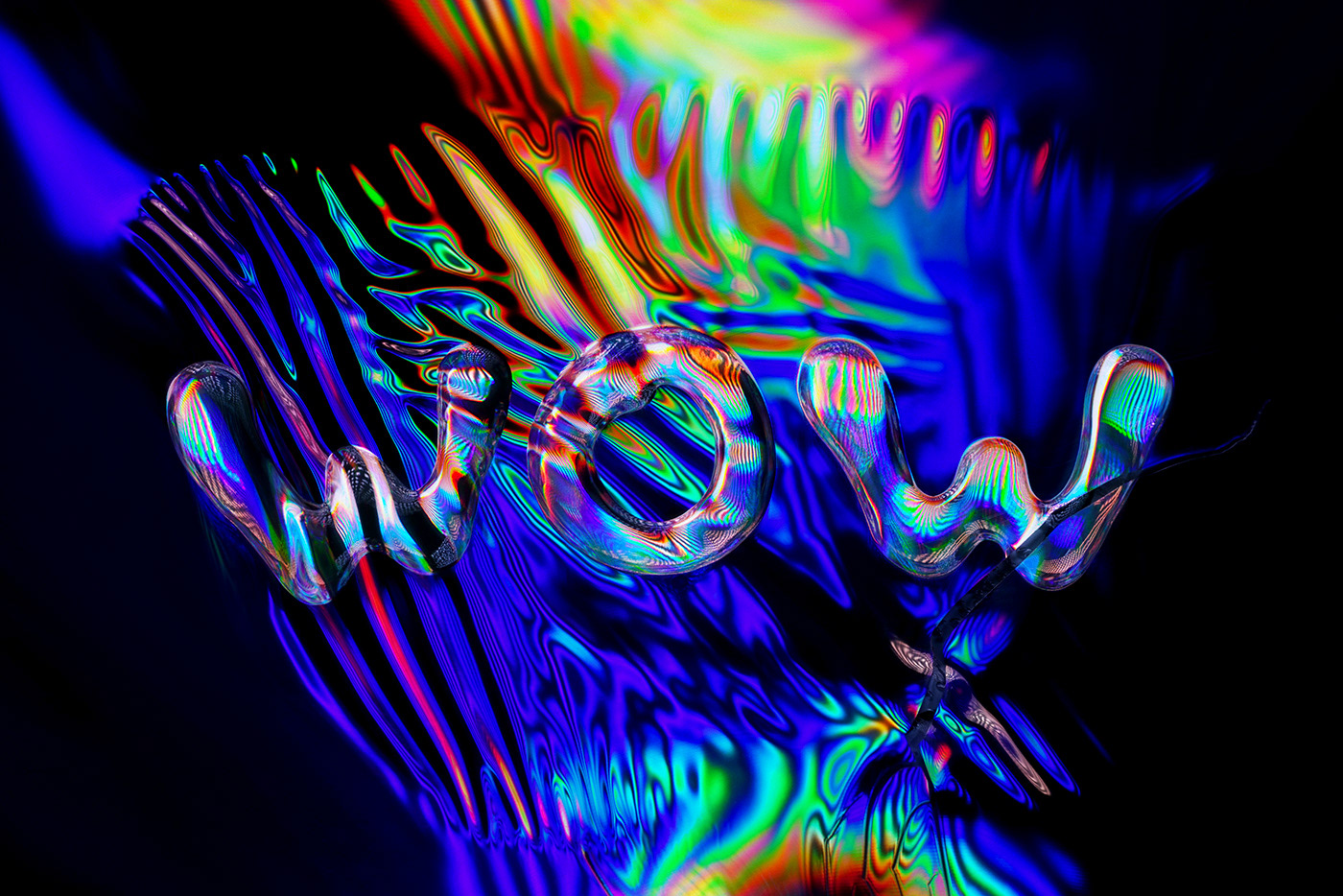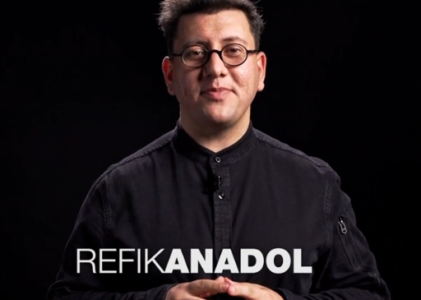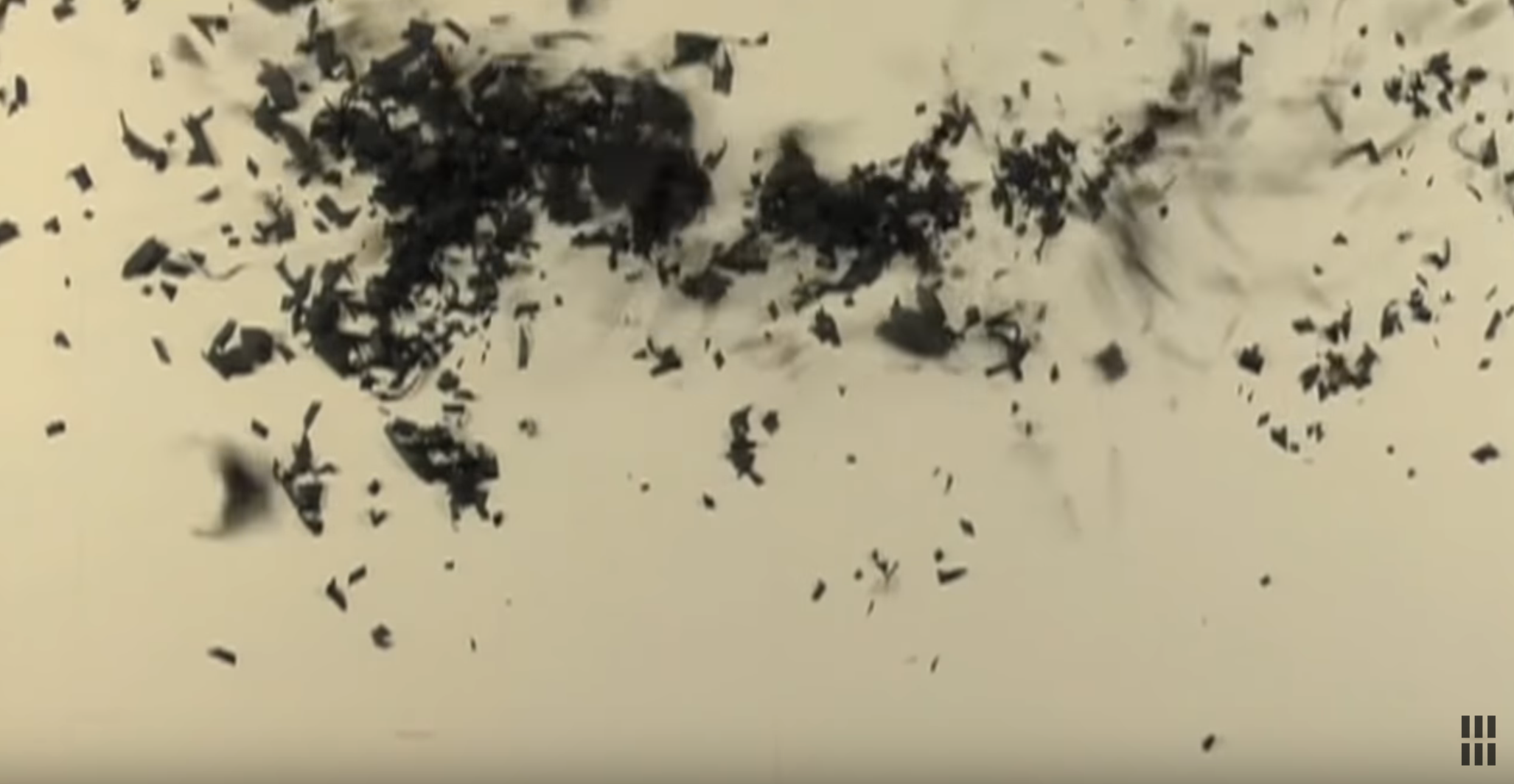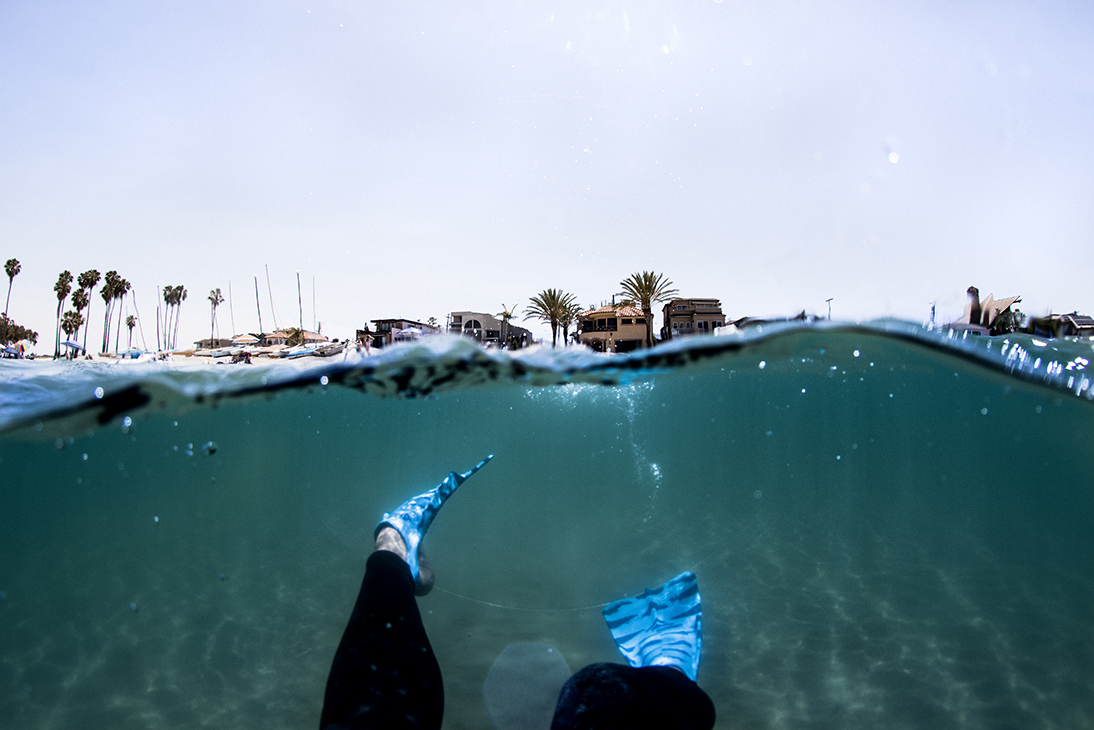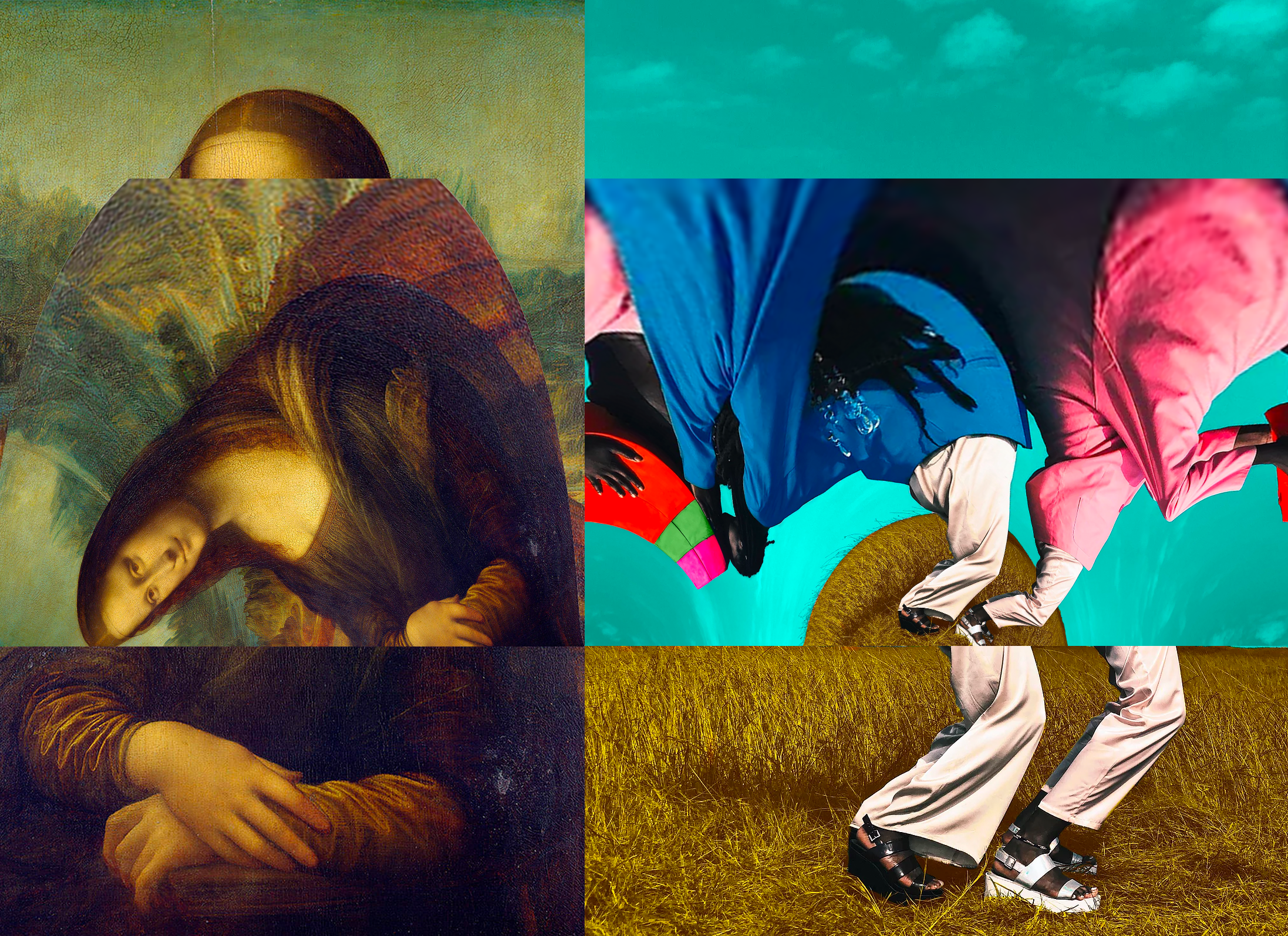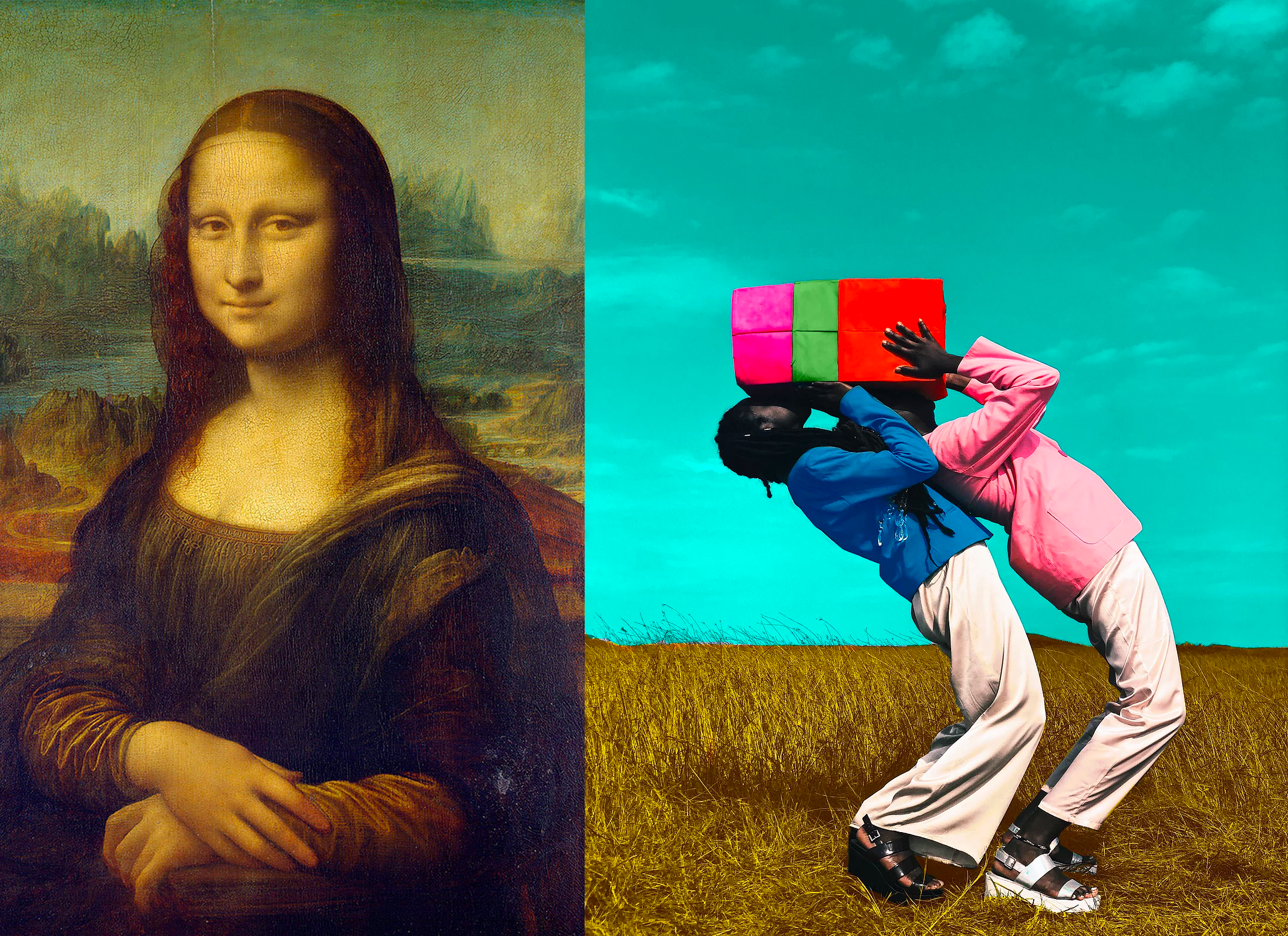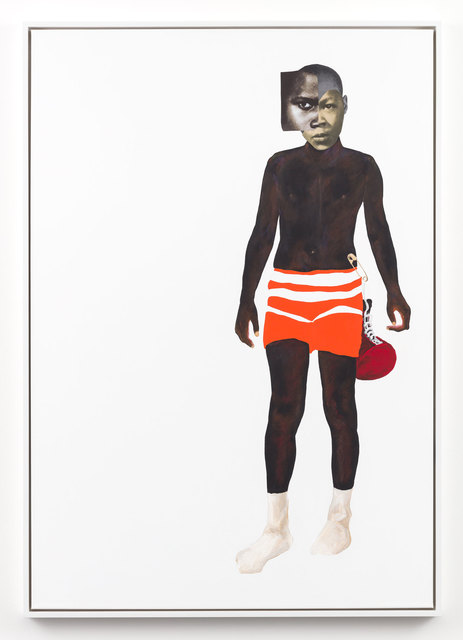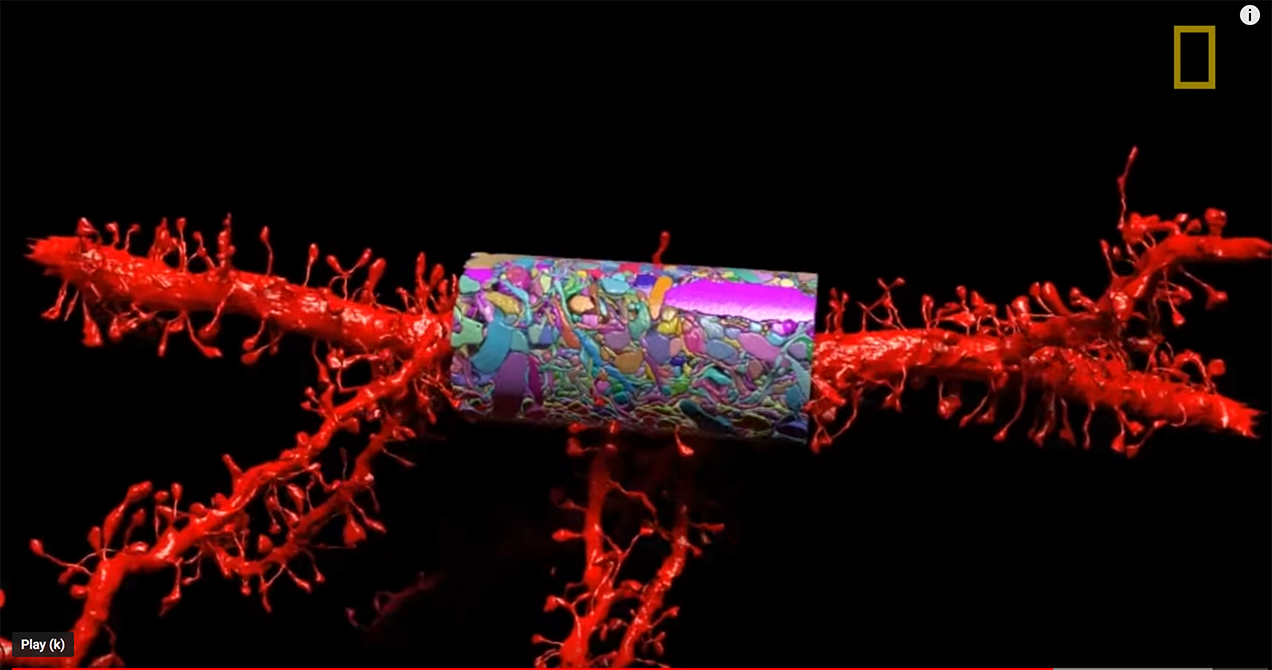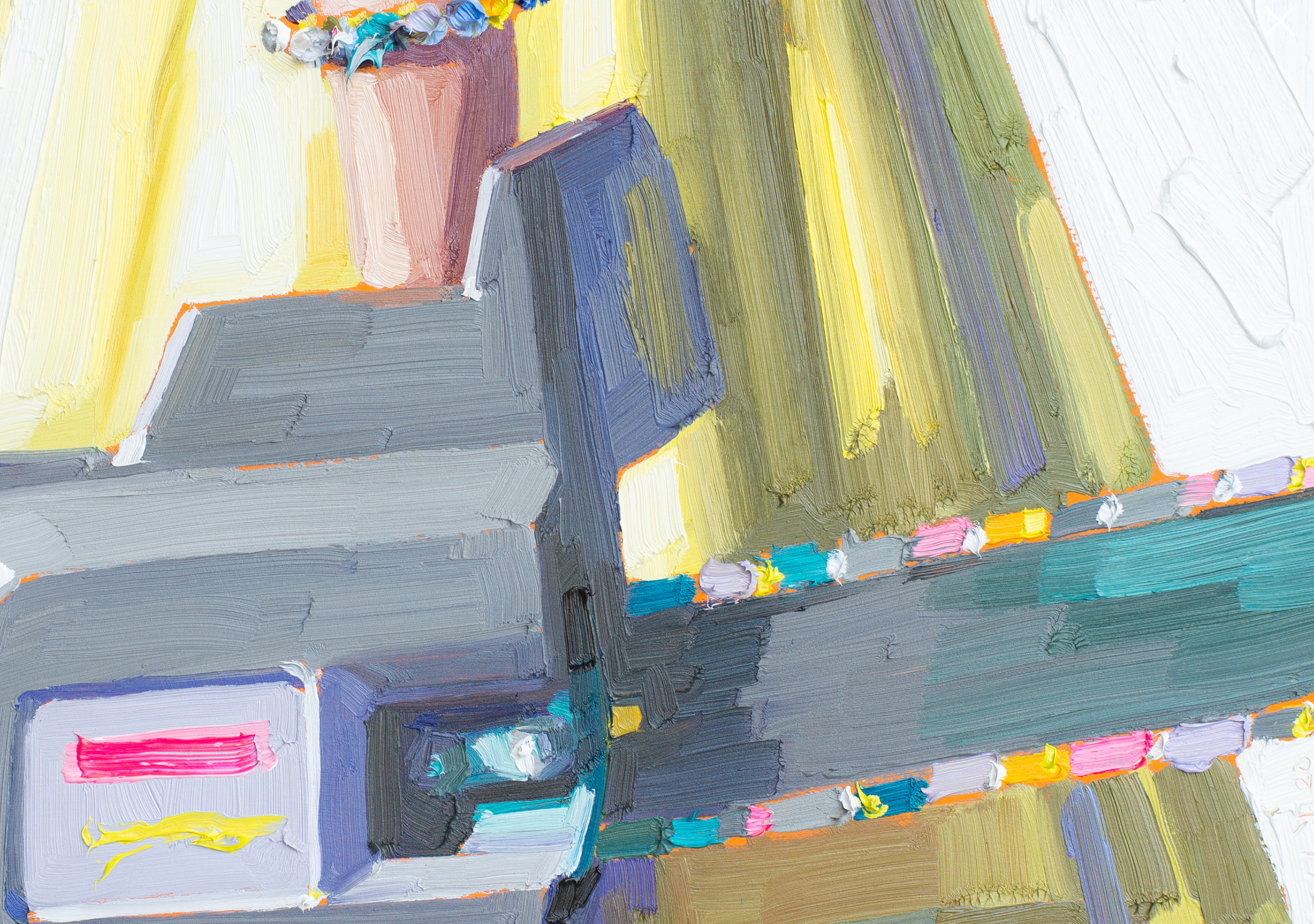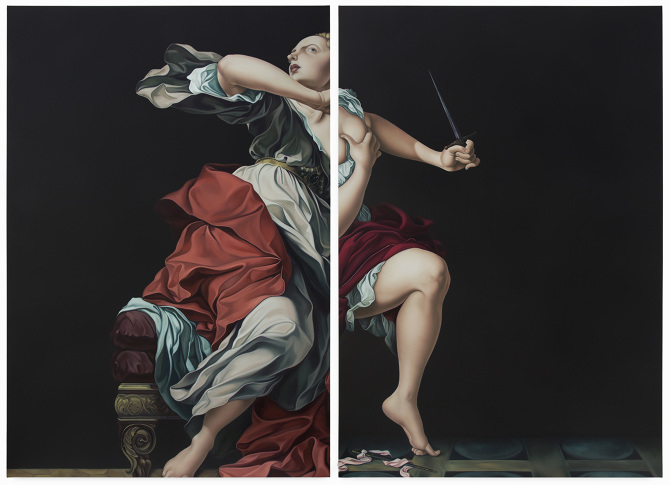Featured Artists
Wu Chi-Tsung
Laurie Annis’s Reflections Of An Enabler
Ida Ekblad Paints, Sculpts, Glories in Artmaking
Ida Ekblad Paints, Sculpts, Glories in Artmaking To delight in Ida Ekblad‘s exhibit Blood Optics (directly above and below) is to …
Blinders on Critics
Blinders on Critics In yesterday’s post I had one reaction to a Washington Post readers’ squabble over the merits of …
Clem Onojeghuo’s Photographic Eye
Clem Onojeghuo’s Photographic Eye The photography editors at the Washington Post have recently profiled Mark Ruwedel‘s Seventy-Two and One Half Miles …
Gallery of Eastern Europe Challenging Western Europe
Gallery of Eastern Europe Challenging Western Europe While looking at art by Edith Torony I came upon a gallery committed to the work …
Edith Torony, Painter of Enough Spaces to Interest a Physicist
Edith Torony, Painter of Enough Spaces to Interest a Physicist Saatchi Art recently focused on a group of paintings they found …
Calligraphy in Motion, a Follow-up
Calligraphy in Motion, a Follow-up A few days ago I wrote a post about Rus Khasanov whose videoed ABCs make you rethink what …
Cartoon Saloon Savvy
Cartoon Saloon Savvy Article by Mark O’Connell New Yorker, Story Time, Dec 21, 2020, p. 26 fl When the director of Pixar’s …
The WOW Word, the Glowing Art of Rus Khasanov
The WOW Word, the Glowing Art of Rus Khasanov Succulent chromatic color, unpredictable natural movement, the contradictory ways of oil and water vying …
Art Materials for Superpowers
TED talk by Refik Anadol Art Materials for Superpowers Trying to think yourself out of the box? Try thinking your …
William Kentridge Expands
William Kentridge Expands I still remember my mother laughing about how wowwed she was the first time she saw the movie …
THIS — is what I’m talking about.
I can’t find this photographer though I collected her work within the last two days. Ouch! …OK, now I have …
Woodshedded (verb)
Woodshedded (verb) (continued from last post) Last night I was woodshedded by a friend, in the sense that I was …
Free Use, Copyright Law
Free Use, Copyright Law (Please also read next post) Testing, testing. Above we have two images. One is by Leonardo …
Deborah Roberts. Pieces Made into Wholeness
Addendum (11.01.20.) I’ve received feedback that some think Deborah Roberts is a so-so artist. I emphatically disagree. I also disagree – …
Annals of Imaging, Premiere
A lens can focus light to form an image, unlike a prism, which refracts light without focusing. Devices that similarly focus or disperse waves …
Details of Wholes
Details of Wholes When an artist mixes this with that, apples with oranges, copper and cork my interest perks up. In …
Split-screen: Jesse Mockrin’s Narrative Paintings
Split-screen: Jesse Mockrin’s Narrative Paintings Jesse Mockrin is a painter who developed a new compositional style and bounded forward in ten-league …

